
© WXYZ.comBrittany Preston’s dog, Lexie.
Saint Clair Shores - When a man with dementia accidentally left a dog outside all night, neighbor's called police to silence the dog's barking. Police obliged by firing 8 rounds into the dog in its front yard.
Brittany Preston left her puppy, Lexie, in the care of her grandfather as she went to work an overnight shift.
Unfortunately her grandpa's mild dementia caused his memory to be impaired. During the evening he let the dog into the yard to go to the bathroom, and forgot to let the dog back in.
Hours went by. The dog waited by the door, barking for its owner's attention. Preston's grandfather failed to hear the barking or remember his mistake.
Neighbors, tiring of the noise, called the police. Sometime after 7:00 a.m., police arrived and surrounded the dog in the yard. Preston's grandfather was awake now, and opened the door to usher the dog back into the house. But the dog continued to bark at police instead of going inside.
Police asked if he was the owner of the dog. Fumbling the question, he said he was not. Of course, his granddaughter was, but he did not make this clear. Police made the assumption the dog didn't belong there.
Saint Clair Shores Police spent some time trying to lasso the dog with a dog stick, but were ultimately overcome by "fear for their lives," a common malady in police work.
According to the police report, police officers opened fire when the dog "charged" at them. Eight rounds were fired into Lexie.
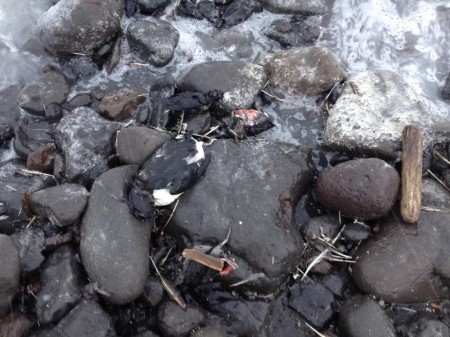
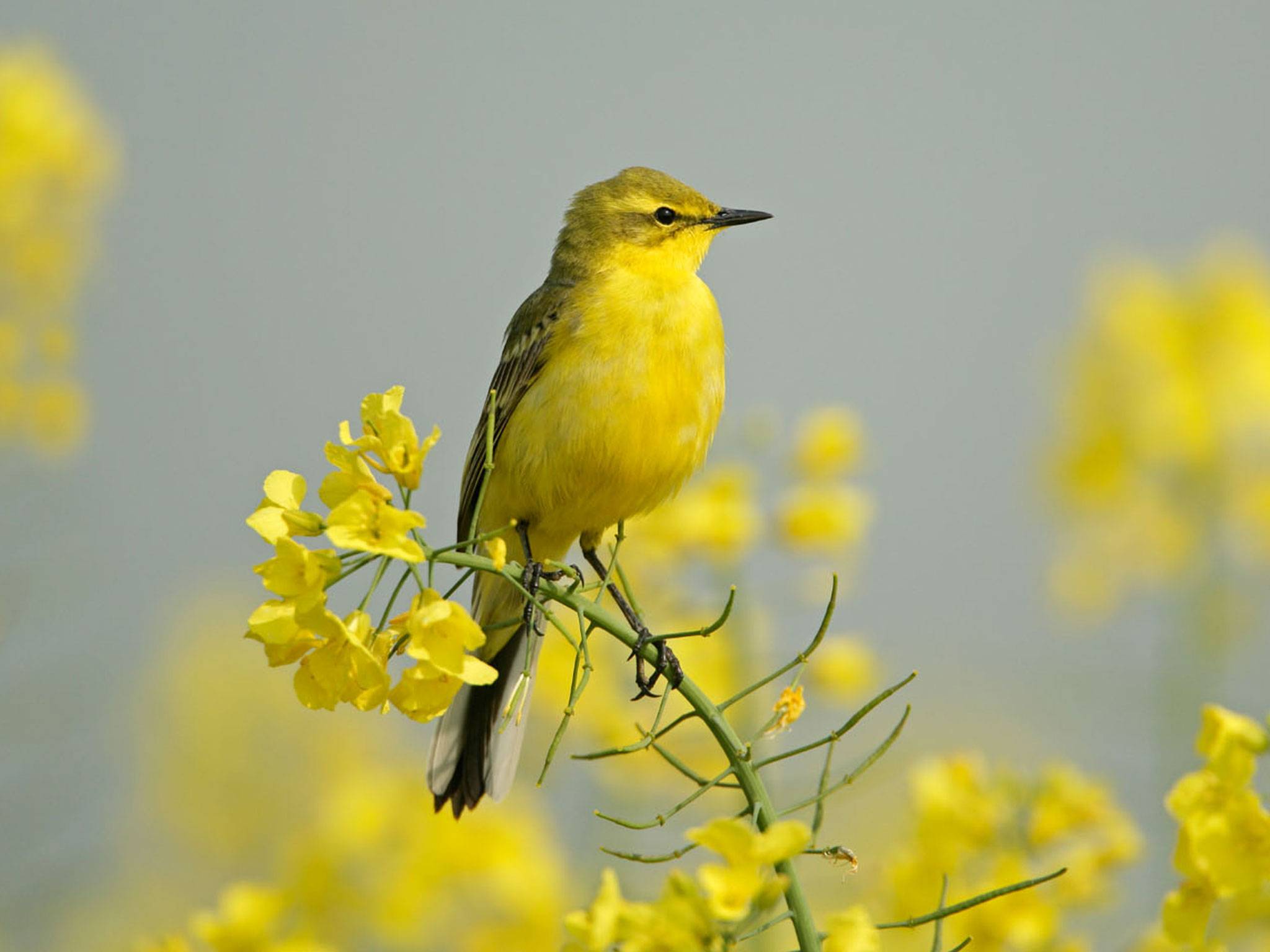
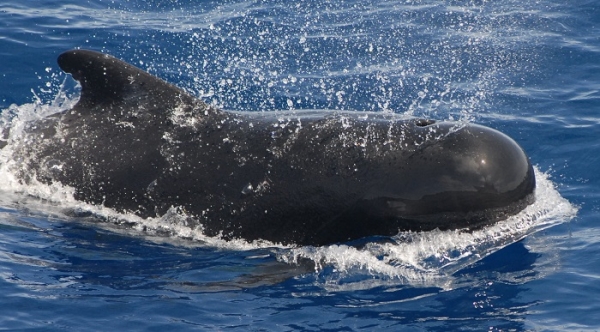
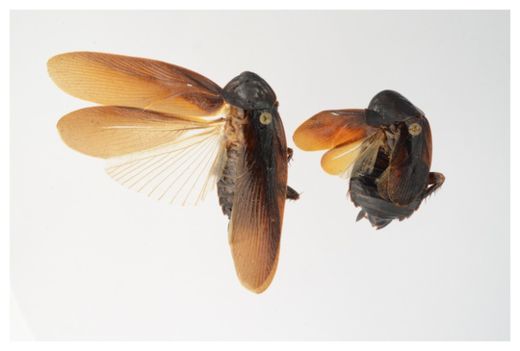
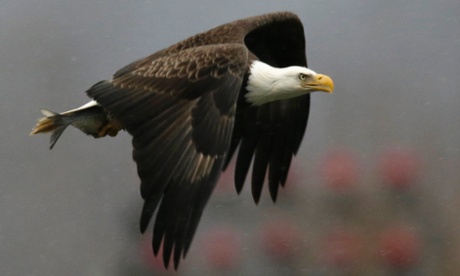
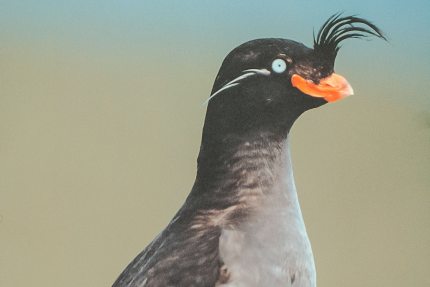

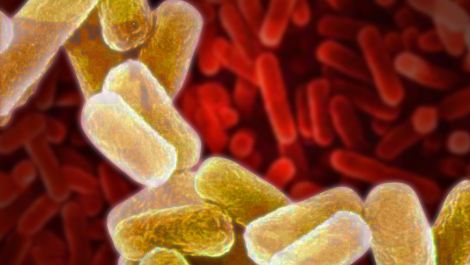
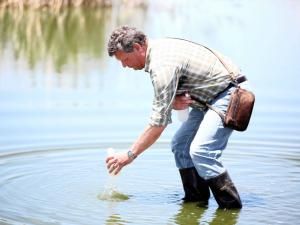



Comment: A key suspect was left off the list... the Pacific Ring of Fire is super-active these days.
Volcanic eruptions rage in Alaska: Geologist, "for some reason we can't explain, activity picked up"
Volcanic eruptions, rising CO2, boiling oceans, and why man-made global warming is not even wrong